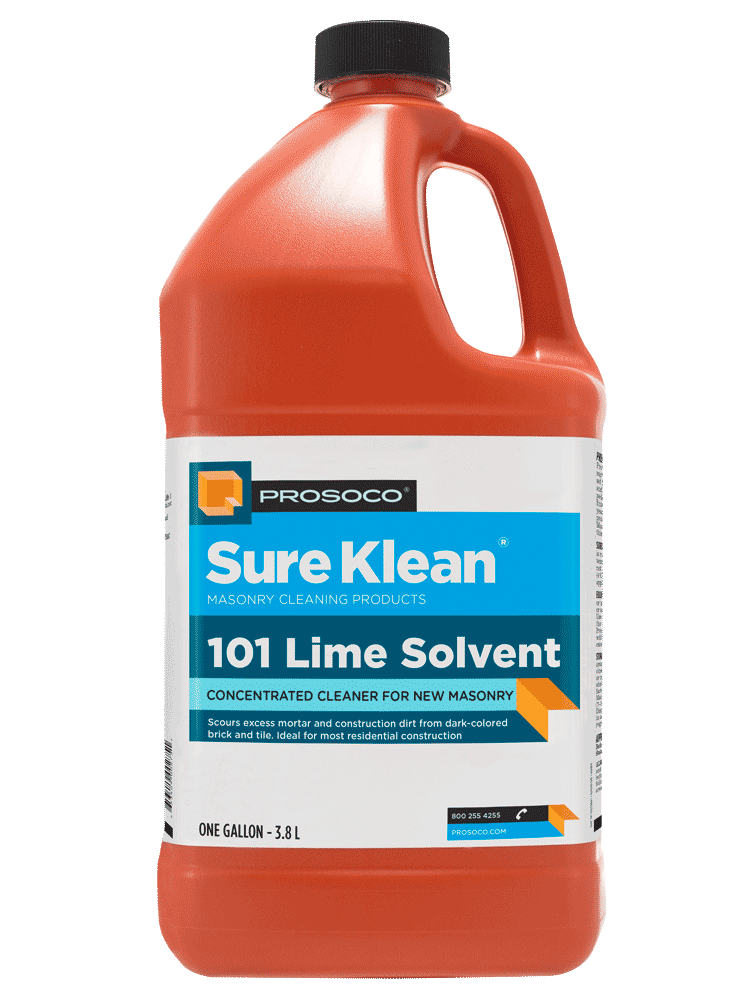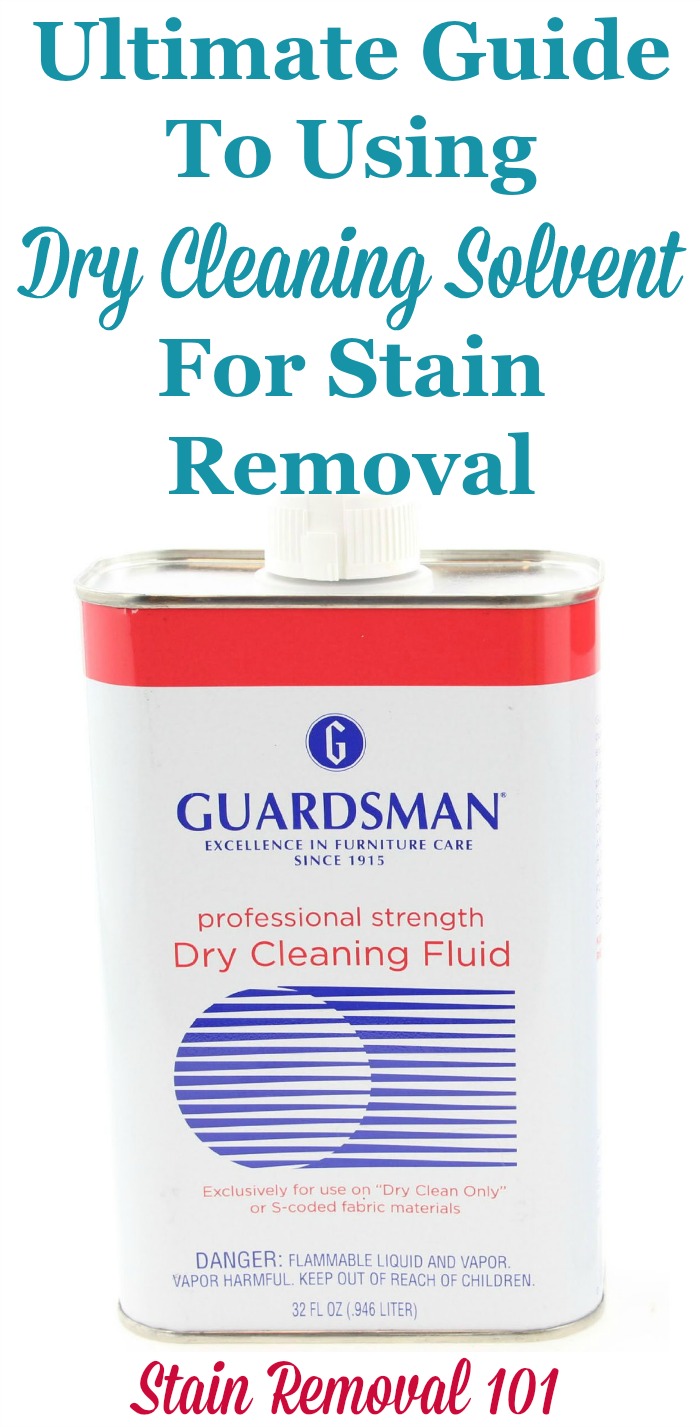Dry cleaning solvents are chemicals used to clean fabrics that can’t be washed with water. Perchloroethylene is the most commonly used solvent in the industry.
Dry cleaning is an essential service for maintaining clothes that require special care, providing a water-free way to remove dirt and stains from delicate fabrics. As consumer awareness rises, eco-friendly and less toxic solvents are gaining popularity, including hydrocarbons, liquid silicone, and CO2 cleaning.
The choice of solvent can affect the cleaning quality, garment lifespan, and environmental impact. Dry cleaners are adapting to industry changes by investing in modern equipment and safer chemicals, ensuring they meet regulatory standards and consumer expectations. As a result, understanding the different types of dry cleaning solvents is crucial for both consumers looking to protect their investments in quality garments and businesses striving to offer top-tier services.
The Basics Of Dry Cleaning
The term ‘dry cleaning’ might evoke the image of a garment emerging clean without a single drop of water. This non-aqueous cleaning method is an intricate process that uses specific solvents to remove stains and dirt from fabrics. It’s a critical service for clothing and items that cannot withstand the rigors of regular washing. These include delicate fabrics and tailored pieces that could be damaged by water.
Understanding Dry Cleaning
Dry cleaning is a unique cleaning process utilizing solvents instead of water. This method cleans clothes without altering their shape, size, or color, making it ideal for materials that are sensitive to water. Dry cleaners use a variety of solvents, but the core principle remains: clothes are soaked and then mechanically agitated in the solvent, effectively lifting dirt from the fabrics without water.
History And Evolution Of Dry Cleaning Solvents
The history of dry cleaning traces back to ancient times, with records showing that early civilizations used petroleum-based solvents to clean fabrics. Over centuries, the industry evolved significantly. Initially, solvents like gasoline and kerosene were the norm, but due to flammability concerns, they were replaced in the mid-20th century by perchloroethylene, commonly known as “perc”. In recent times, environmentally friendly and healthier alternatives like hydrocarbons and liquid silicone have gained popularity.
Comparing Dry Cleaning To Traditional Laundering Methods
Understanding the differences between dry cleaning and traditional laundering is crucial. While laundering uses water and detergents, dry cleaning involves chemicals to cleanse fabric. Here’s a comparison:
| Dry Cleaning | Traditional Laundering |
|---|---|
| Uses non-aqueous solvents | Uses water and detergents |
| Prevents shrinking, distortion, and color bleeding | May cause shrinking or color bleeding |
| Better for delicate or structured garments | Suitable for durable and less delicate items |
| Generally more expensive | More cost-effective |

Credit: prosoco.com
Common Solvents Used In Dry Cleaning
Dry cleaning solvents play a fundamental role in the care and maintenance of garments that cannot withstand the usual laundry process. Understanding the variety of solvents used can help you make informed decisions about garment care, and appreciate the advances in environmental safety within the dry cleaning industry. Here, we explore the most common dry cleaning solvents and how they’ve evolved to meet both cleaning and environmental needs.
Perchloroethylene: The Traditional Choice
Perchloroethylene, or “perc,” has been the industry standard in dry cleaning for decades.
- Effective at removing stains from a wide range of fabrics.
- Non-flammable, ensuring a safer environment within dry cleaning facilities.
- Despite its efficacy, concerns about environmental impact and worker safety have prompted the search for alternatives.
Hydrocarbons: A Gentler Alternative
Hydrocarbon solvents, touted as a milder substitute for perc, have been gaining popularity.
- Lower toxicity levels make them safer for both the environment and the workers.
- Less aggressive on fabrics, which helps in preserving the quality of delicate items.
- However, their cleaning power is somewhat less effective when compared to perchloroethylene.
Green Solvents: Innovations And Environmentally-friendly Options
The industry’s shift toward sustainability has led to the creation of green solvents. These innovative cleaners offer effective cleaning without compromising the planet’s health.
| Green Solvent | Benefits |
|---|---|
| Liquid CO2 | Non-toxic and non-flammable with minimal environmental impact. |
| Professional Wet Cleaning | Uses water and specialized detergents to offer safe and effective cleaning. |
Liquid Silicone: An Emerging Solvent
Liquid silicone—also known as siloxane or decamethylcyclopentasiloxane (D5)—stands out as an innovative entrant to the dry cleaning solvent scene.
- Biodegradable and less hazardous to the environment compared to traditional solvents.
- Known for leaving clothes with a smooth finish and pleasant smell.
- While newer to the market, it promises great potential for eco-conscious dry cleaners and consumers alike.
Health And Environmental Impact Of Dry Cleaning Solvents
Dry cleaning is a widely used process for maintaining clothes, especially delicate fabrics that cannot withstand the typical laundry process. While this method keeps garments looking pristine, many are unaware of the potential health and environmental ramifications linked to the solvents used. Understanding these impacts is vital for both consumers and industry professionals. This section delves into the toxicity and health risks of chemical solvents, the environmental concerns regarding their disposal, and the regulations set to ensure safety within the dry cleaning industry.
Toxicity And Health Risks Of Chemical Solvents
Chemical solvents employed in dry cleaning, such as perchloroethylene, commonly known as PERC, pose significant health risks to both workers and consumers. Prolonged exposure can lead to a variety of adverse effects including:
- Neurological impairments, such as dizziness and headaches
- Respiratory issues, including difficulty breathing
- Potential carcinogenic effects
Stringent guidelines are critical to minimizing exposure and ensuring the safety and well-being of those in contact with these solvents.
Environmental Concerns With Solvent Disposal
The disposal of dry cleaning solvents is a matter of environmental concern. Improper disposal can lead to:
- Goundwater and soil contamination
- Harm to aquatic life and ecosystems
- Increased toxicity in the environment
It is imperative for facilities to handle waste with the utmost care and adhere to environmental protection standards to mitigate these dangers.
Regulations And Safety Measures In The Dry Cleaning Industry
Recognizing the potential hazards associated with dry cleaning solvents, governments have instituted a variety of regulations and safety measures. These include:
| Regulation | Purpose |
|---|---|
| Usage Restrictions | Limits on certain high-risk solvents to minimize health dangers |
| Disposal Protocols | Guidelines for environmentally safe disposal practices |
| Exposure Limits | Set maximum allowable levels of solvent exposure for workers |
| Protective Gear Requirements | Mandatory use of safety equipment to protect employees |
These measures are essential for reducing health risks and preserving environmental integrity.

Credit: www.stain-removal-101.com
Future Of Dry Cleaning Solvents
When envisioning the skyline of the dry cleaning industry, the evolution of cleaning solvents glimmers on the horizon. The dry-cleaning landscape is transforming with the impetus to harmonize efficiency with environmental stewardship. Let us explore what the future holds for dry cleaning solvents and how these advancements signal a significant shift in industry practices, sustainability, and technological innovation.
Advancements In Solvent Technology
Research and development within the industry have ushered in a new era of solvent technology. Emerging solvents are designed to be not only more efficacious but also environmentally friendly. These solvents promise to deliver superior cleaning capabilities while minimizing their ecological footprint. Future solvents are poised to offer:
- Better fabric care and cleaning efficacy
- Reduced energy consumption during the cleaning process
- Lower volatile organic compound (VOC) emissions
- Enhanced worker safety and comfort
Biodegradable solvents, one of the most promising advancements, are set to become more mainstream. These solvents break down within the environment, preventing any long-term ecological impact.
The Shift Toward Sustainable Dry Cleaning Practices
The tide of change within the dry cleaning industry is unmistakably favoring sustainability. A holistic approach towards environmental consciousness is being adopted, with businesses transitioning to practices that protect the planet. Factors contributing to this shift include:
- Regulatory pressures and consumer demand for greener services
- Innovative equipment that synergizes with sustainable solvents
- Adoption of dry cleaning systems that recycle and filter solvents
These changes herald a future where dry cleaning operations are not just convenient, but also kind to the Earth.
Potential Of Water-based And Co2 Technologies
Water-based cleaning systems, similarly known as “wet cleaning,” represent a paradigm shift in fabric care. Utilizing technology that allows delicate textiles to be cleaned with water without the risk of damage, these systems marry the gentleness of hand washing with the efficiency of traditional dry cleaning.
In parallel, Carbon Dioxide (CO2) cleaning technology stands at the cutting edge of innovation. It operates in a closed-loop system where CO2—in a liquid form under pressure—acts as the cleaning agent, subsequently returning to a gaseous state and being recaptured for reuse. This technology boasts numerous benefits:
| Benefit | Description |
|---|---|
| Non-Toxic | CO2 is inherently non-toxic, providing a safer alternative for both users and the environment. |
| No Waste Water | The process generates no waste water, reducing the burden on sewage systems and water treatment facilities. |
| Energy Efficient | CO2 cleanup involves minimal energy compared to traditional dry cleaning, reducing carbon footprint. |
In summary, the future of dry cleaning solvents is unfolding as a balance between innovation, performance, and sustainability. Across this landscape, the promise of advanced solvents and technologies offers a cleaner, safer, and brighter horizon for the industry and the environment.
Frequently Asked Questions For Dry Cleaning Solvents 101
What Are Common Dry Cleaning Solvents Used?
Dry cleaning traditionally relies on solvents like perchloroethylene (perc), which effectively removes stains and dirt. Green alternatives, such as hydrocarbon, silicone-based solvents, and liquid CO2, have gained popularity due to environmental and health concerns related to perc.
How Does Dry Cleaning Remove Stains?
Dry cleaning uses solvents to dissolve and remove oils and greases that water cannot. These solvents penetrate fabric fibers without causing shrinkage or distortion, lifting away dirt and stains during the cleaning process.
Is Dry Cleaning Better Than Washing?
Dry cleaning is better for delicate fabrics and clothes with detailed trim or constructions that water could damage. It’s excellent for removing oil-based stains, whereas washing is more suitable for water-soluble dirt and odors.
Can All Clothes Be Dry Cleaned?
Not all materials are suitable for dry cleaning. Most garments come with labels recommending care techniques. Clothes made from silk, wool, and certain synthetics often benefit from dry cleaning, while some materials, like leather and PVC, require specialized care.
Conclusion
Understanding dry cleaning solvents is key to choosing the right service for your garments. We’ve unpacked the essentials, from perc to liquid CO2. For a deep clean that protects your clothing, always weigh your options. Remember, the right solvent ensures longevity and impeccable appearance, every time.
Keep your wardrobe fresh and fabulous with informed choices.

